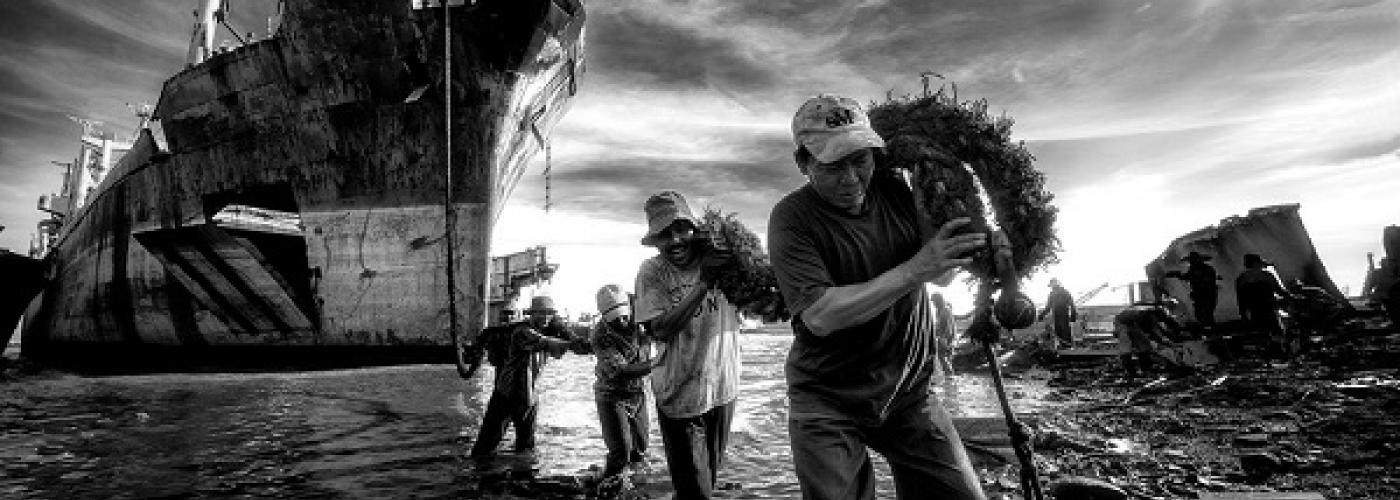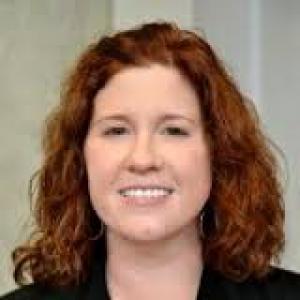Vulnerable Households Need Resilient Institutions in Disasters
Image

A land of 13,000 islands and 250 million inhabitants, Indonesia is battered by earthquakes, tsunamis, volcanoes, flooding, and droughts on a regular basis. Building disaster resilience in Indonesia is critical, as the question is not if another disaster will occur but rather when the next disaster will occur, and how bad it will be. For example, on July 27th, 2015, an earthquake with a 7.0 magnitude struck Indonesia’s Papua province causing massive landslides. The related and cumulative impacts of climate change, rapid urbanization, weak infrastructure, and ecosystem degradation, exacerbate the severity and frequency of shocks and stresses and deepen the damage they cause. This is particularly true among poor and vulnerable populations.

Photo Credit: Suryo Ongkowidjaja
Recognizing this ongoing cycle, Mercy Corps pioneered the Indonesia Liquidity Facility After Disaster (ILFAD) as proof-of-concept initiative in partnership with the USAID Office of Foreign Disaster Assistance (OFDA) in 2011. ILFAD provides technical assistance on two levels.
- First, it trains Indonesian microfinance institutions (MFI), be it rural banks or cooperatives, to prepare for emergencies and then provides stabilizing liquidity post-disaster. This allows MFIs to respond quickly, cushioning the effects of the disaster, speeding recovery efforts, and stabilizing the financial sector serving low-income populations post-disaster.
- Second, ILFAD works with MFIs to develop financial products for their clients which they can offer immediately after disasters strike. These products include savings, credit and most recently bundled insurance.
Mercy Corps partners with 164 MFIs and has reached 72,500 clients to date. ILFAD benefits not only the direct MFI client but their entire household reaching 362,500 Indonesians. Mercy Corps will reach an additional 496,000 MFI clients by 2016 while expanding the MFI network and expanding reach within the existing MFI partners.
ILFAD is a five-year, $1.6 million initiative that began in 2011 to train and prepare MFIs in natural disaster planning. It was extended to build closer collaborations with the Bank of Indonesia and the Ministry of Cooperatives, and most importantly to expand the concept of post-disaster liquidity funds nation-wide. ILFAD runs through mid-2016, and will continue to expand the number of MFIs trained and that can access ILFAD liquidity funds, while also supporting groups of MFIs establishing their own post-disaster liquidity funds.
Strengthening Financial Institutions that Serve the Poor
MFIs serve as a critical and immediate vehicle to financing after disasters. But MFIs themselves are affected by these disasters and need the capacity to absorb ongoing shocks and stresses, recover operationally and financially after a disaster, and adapt their operations and business models in the face of increased and more unpredictable hazards. Triggered after a disaster, ILFAD provides immediate liquidity to the pre-identified and pre-qualified MFIs through funds managed by an apex Bank. Mercy Corps builds the capacity of the MFIs to continue operating and to provide services following disasters through stress tests and scenario planning exercises. Starting in 2015, ILFAD has partnered with global reinsurer Swiss Re and the World Bank’s Global Index Insurance Facility (GIIF) to design portfolio-level insurance products in partnership with the MFIs so that the MFIs themselves can purchase to protect their portfolios and infrastructure from losses resulting from earthquakes and tsunamis.
Diversified Financial Products for Post-Disaster needs
MFIs pre-approve clients before a disaster strikes so that short-term credit products provide immediate cash post-disaster for essential items, such as construction materials and restocking inputs and supplies. Mercy Corps also helps the MFIs design a suite of savings and micro-insurance products that, when combined, increase the absorptive and adaptive capacity of their clients. Clients open and make deposits in the savings account pre-disaster. They have a small minimum balance and require monthly deposits that can only be withdrawn post-disaster. ILFAD facilitates partnerships between the MFIs, the Asuransi Central Asia Insurance Company (ACA) and Japan Risk Specialist Ltd., to bundle the savings products with disaster micro‐insurance. Current insurance products on offer cover fires, earthquakes, volcano eruptions, among other disasters.
The Way Forward
There are important signs that ILFAD is having a broader effect in the market in Indonesia. Twenty MFIs in West Sumatra have formed the Asosiasi BPR Siaga Bencana (ABSIGAB), or Rural Banks Disaster Preparedness Association, as an alternative solution for the creation of their own disaster liquidity account (locally-driven and locally-owned) that does not require Mercy Corps’ involvement. But in order to expand coverage throughout Indonesia, a deeper shift in the Indonesian financial services industry is needed. Ideally, pre-disaster investments and products, as well as disaster planning, world be integrated across Indonesia’s 200,000 MFIs and rural cooperatives so that millions of vulnerable clients can be reached. For disaster liquidity funds to extend beyond ILFAD, there is a need to crowd-in more actors and strengthen support to the Indonesian government and insurance industry to develop new and impactful disaster and catastrophe microinsurance products. There are also regulation barriers that need to be addressed with the Indonesian Financial Service Authorities and Ministry for Cooperatives to improve and expand existing liquidity facility regulations for rural banks and cooperatives. This is especially pertinent for cooperatives, as currently they legally cannot carry liquidity provisions limiting their ability to expand or scale outside of the direct liquidity facility provided through and supported by ILFAD.
This blog was originally posted on CGAP and is republished here with their kind permission.


